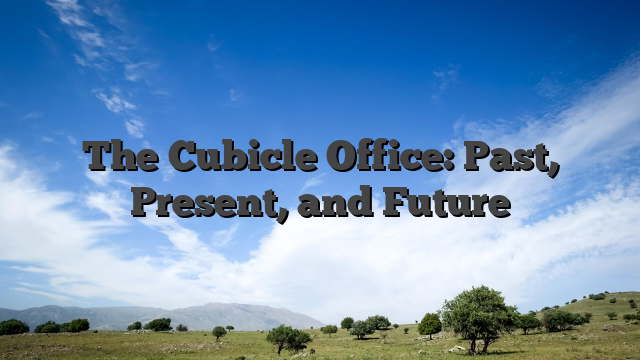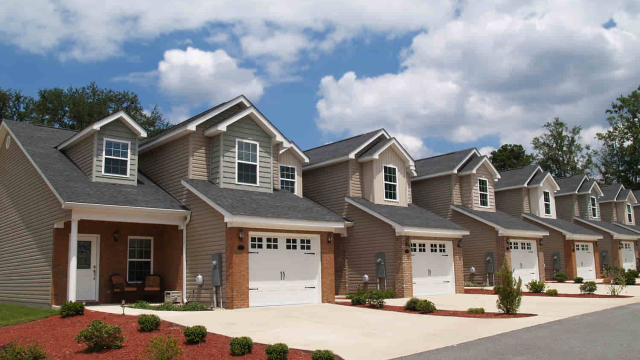Introduction
The cubicle office, a ubiquitous feature of corporate landscapes for decades, has evolved significantly since its inception. Love them or loathe them, cubicles have shaped the way we work, influencing our productivity, creativity, and overall job satisfaction. In this article, we will delve into the history of the cubicle office, examine its current status, and speculate about its future in the ever-changing world of work.
The Birth of the Cubicle
The birth of the cubicle office can be traced back to the mid-20th century. In 1968, Robert Propst, an American designer, introduced the “Action Office” system for the furniture company Herman Miller. Propst’s vision was to create a more adaptable and flexible workspace that would enable workers to be more productive and comfortable.
The original Action Office wasn’t the dreary sea of uniform gray partitions we often associate with cubicles today. Instead, it was a versatile system that allowed for personalization, with various components that could be arranged to suit individual needs. Unfortunately, over time, the system was simplified and commoditized into the more familiar cubicle we recognize today.
The Rise and Fall of the Cubicle
During the 1980s and 1990s, the cubicle office became the standard layout for many corporate environments. The allure of cubicles lay in their cost-efficiency, as they could accommodate more employees in a given space compared to traditional offices. However, while they saved on real estate costs, they also came with a price – a significant impact on employee well-being.
Cubicles became synonymous with the idea of a soulless, cookie-cutter workspace. The lack of privacy, constant noise, and the feeling of being confined in a small space led to decreased job satisfaction and increased stress levels among workers. Dilbert cartoons and movies like “Office Space” immortalized the dismal aspects of cubicle life.
The Cubicle’s Evolution
Recognizing the negative effects of the traditional cubicle setup, many companies began rethinking their office designs in the early 21st century. They aimed to create workspaces that fostered collaboration, creativity, and employee well-being. The result was the emergence of the “open office” concept, characterized by open floor plans, communal spaces, and shared workstations.
While the open office concept had its merits, it also had its drawbacks. Noise and distractions remained prevalent issues, and employees found it difficult to concentrate in these environments. The pendulum swung once again, and companies started experimenting with hybrid solutions, incorporating elements of both the traditional cubicle and open office designs.
These hybrid designs included features like flexible partitions, acoustic panels, and communal spaces alongside individual workstations. The goal was to strike a balance between privacy and collaboration, recognizing that one size does not fit all when it comes to office layouts.
The Post-Pandemic Cubicle
The COVID-19 pandemic drastically changed the way we work and accelerated trends in office design. Remote work became the norm for many, and office spaces were left largely empty. However, as vaccination rates increased and the world adapted to the new normal, discussions around the future of office design heated up once more.
One of the key considerations in the post-pandemic office is health and safety. Cubicles, with their built-in partitions, offer a degree of separation that can help mitigate the spread of illnesses. This newfound appreciation for physical separation has led some to speculate that the cubicle office may experience a resurgence.
Moreover, the pandemic has highlighted the importance of flexibility. Many employees now desire a mix of remote and in-office work, and cubicles could play a role in accommodating this desire. Companies are exploring ways to create flexible, modular workspaces that allow employees to choose where and how they work, with cubicles serving as one option within this flexible framework.
Conclusion
The cubicle office has come a long way from its origins as a radical vision of a flexible and efficient workspace. While it has faced its share of criticism over the years, it remains a part of the corporate landscape. As we navigate the evolving world of work, the cubicle office will likely continue to adapt and find its place in the office of the future. Whether it’s through increased personalization, better integration of technology, or a renewed focus on well-being, the cubicle office is poised to play a role in shaping the way we work for years to come.




